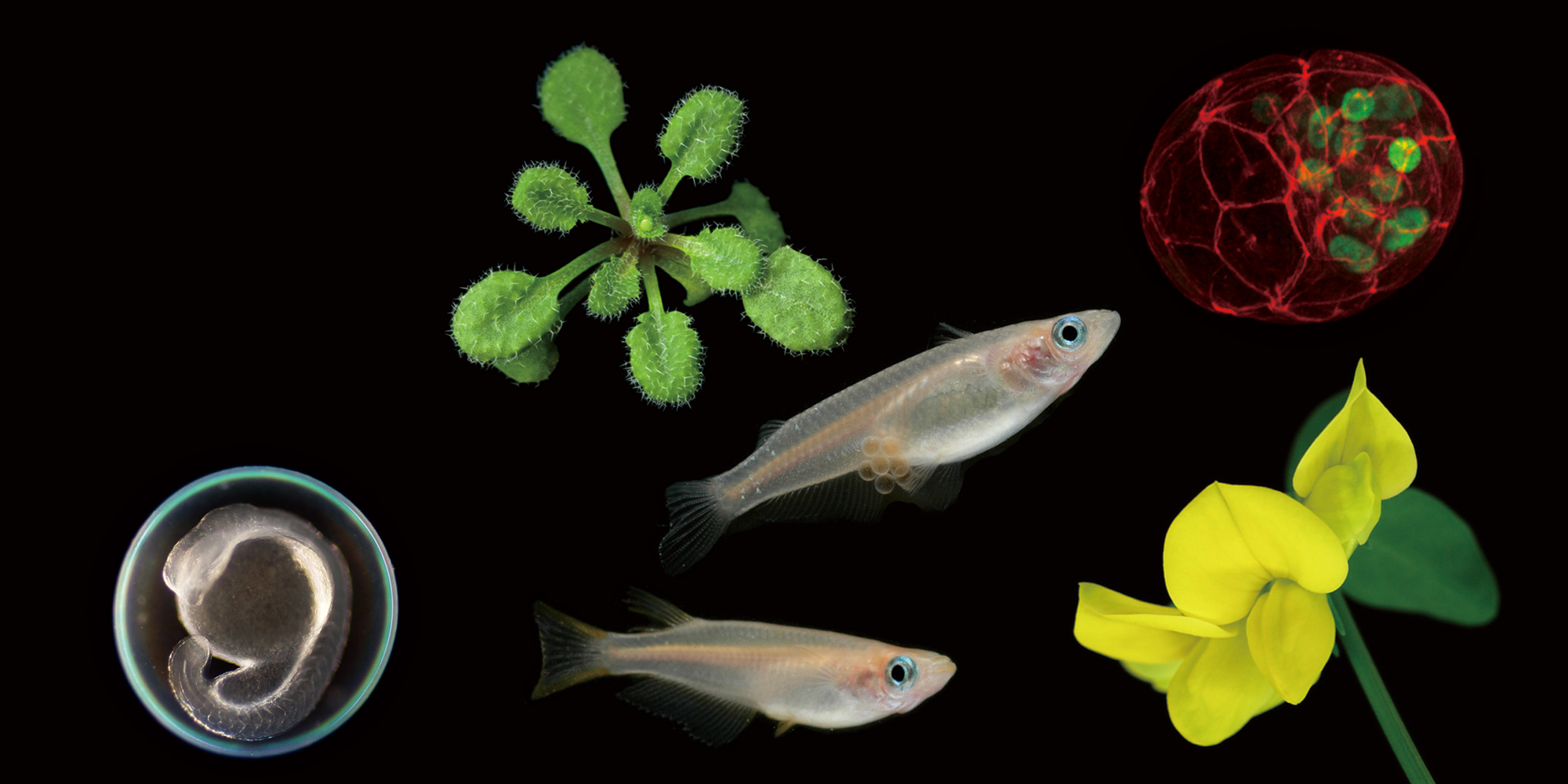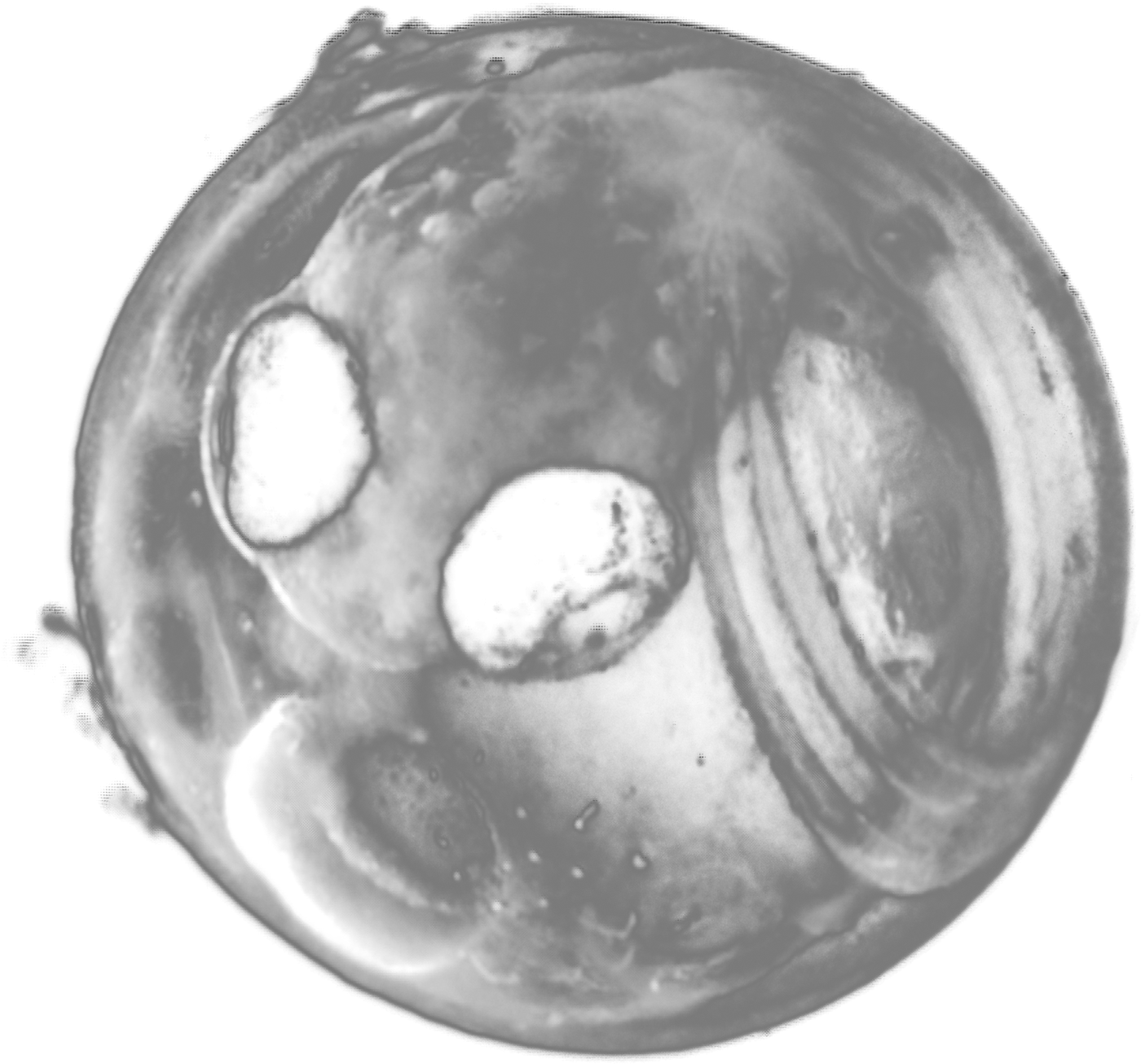2009.04.27 部門公開セミナー
The mechanism of root twisting
Prof. Tobias I. Baskin (Biology Department, University of Massachusetts--Amherst)
2009年04月27日(月) 16:00 より 17:30 まで
明大寺地区1階会議室(111)
生物進化研究部門 長谷部 光泰 内線7546
Under certain environmental conditions and in certain genetic backgrounds, arabidop sis roots twist as they grow. The twisting results in the epidermal cell files forming helices. For seedlings on the surface of agar medium, within Petri dishes held vertical, twisting causes the roots to grow at an angle to gravity, a phenomenon often termed "root skewing". A remarkable feature of root twisting is that it is asymmetric. For a given condition or genotype, the helices formed are almost exclusively of one handedness (e.g., right handed) with individuals adopting the other handedness being rare, or absent entirely.
Root twisting has been conclusively linked to cortical microtubules. First, twisting almost always arises from moderate interference with microtubule function, either by means of low concentrations of inhibitors or mutants with small effect. Second, when cortical microtubule orientation changes form transverse to helical at the shoot-ward side of the root's growth zone, nearly all of the arrays form right-handed helices. Third, in a collection of two dozen mutants in a- or b-tubulin, the angle of root twisting was inversely correlated with the pitch angle of the cortical microtubule helix. While these results establish a role for microtubules in causing roots to twist, they do not explain the mechanism by which the usual linear growth pattern of the root becomes helical.
To investigate this, we are taking a three-fold approach. First, we are determining to what extent an engineering model that accounts successfully for twisting in single cell filaments can be scaled up to account for twisting in a multicellular structure, such as a root. Second, we are carrying out a kinematic analysis of growth in three-dimensions to discover the local (or cellular) basis for the helical growth form. Third, we are quantifying the orientation of cellulose microfibrils as a function of position in the root to determine whether helical microfibrils participate in helical growth. These three lines of inquiry are on-going and, in the seminar, I will present our progress on each of them. To date, the results support a model whereby cellulose microfibrils become helical in the shoot-ward half of the elongation zone, an asymmetric mechanical organization that drives helical growth.
References:
Sellen DB (1983) The response of mechanically anisotropic cylindrical cells to multiaxial stress. J. Exp. Bot. 34: 681-687.
Liang BM, Dennings AM, Sharp RE, Baskin TI (1996) Consistent handedness of micro-tubule helical arrays in maize and arabidopsis primary roots. Protoplasma 190: 8-15.
Ishida T, Kaneko Y, Iwano M, Hashimoto T (2007) Helical microtubule arrays in a collection of twisting tubulin mutants of Arabidopsis thaliana. Proc. Natl. Acad. Sci. USA 104: 8544-8549







